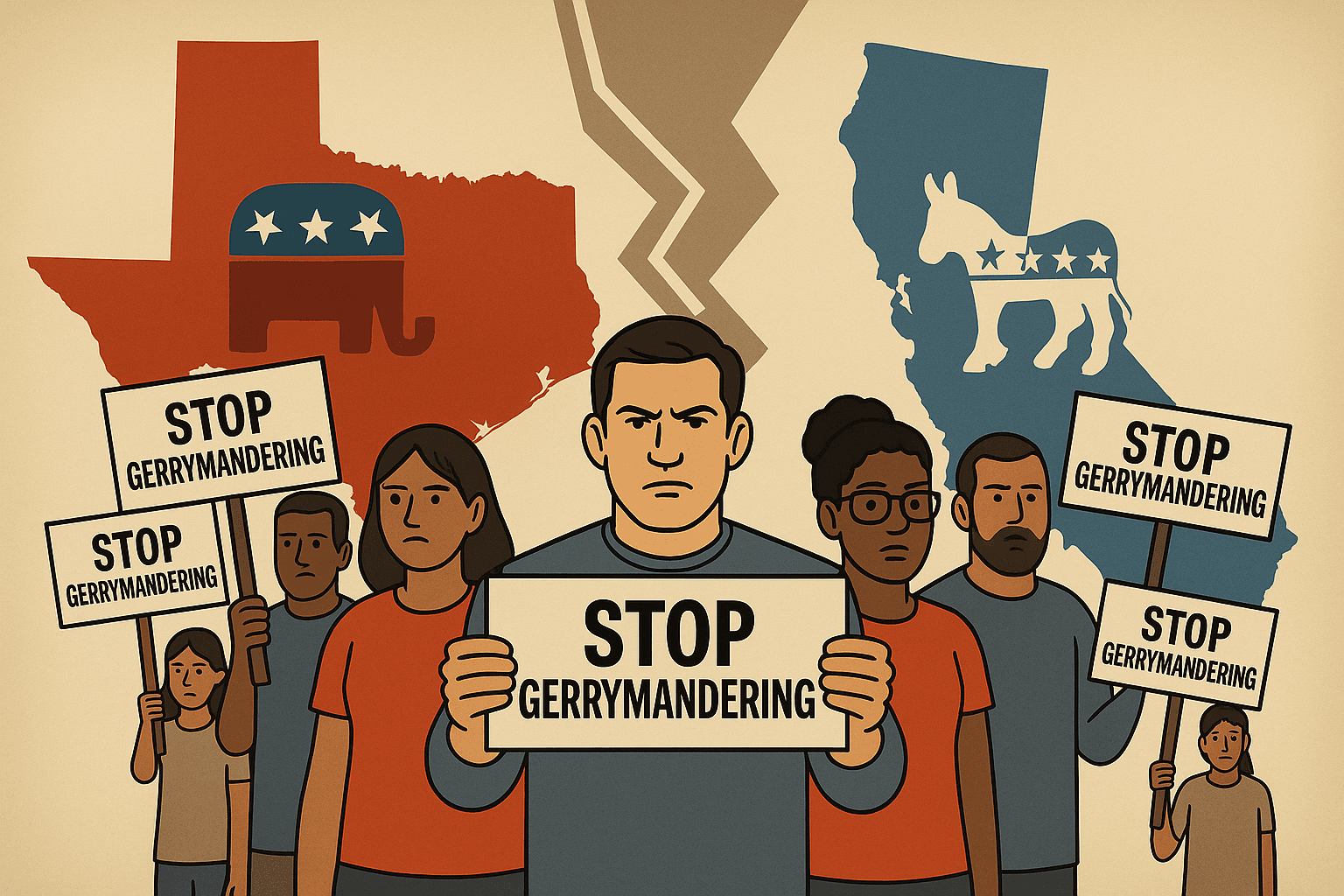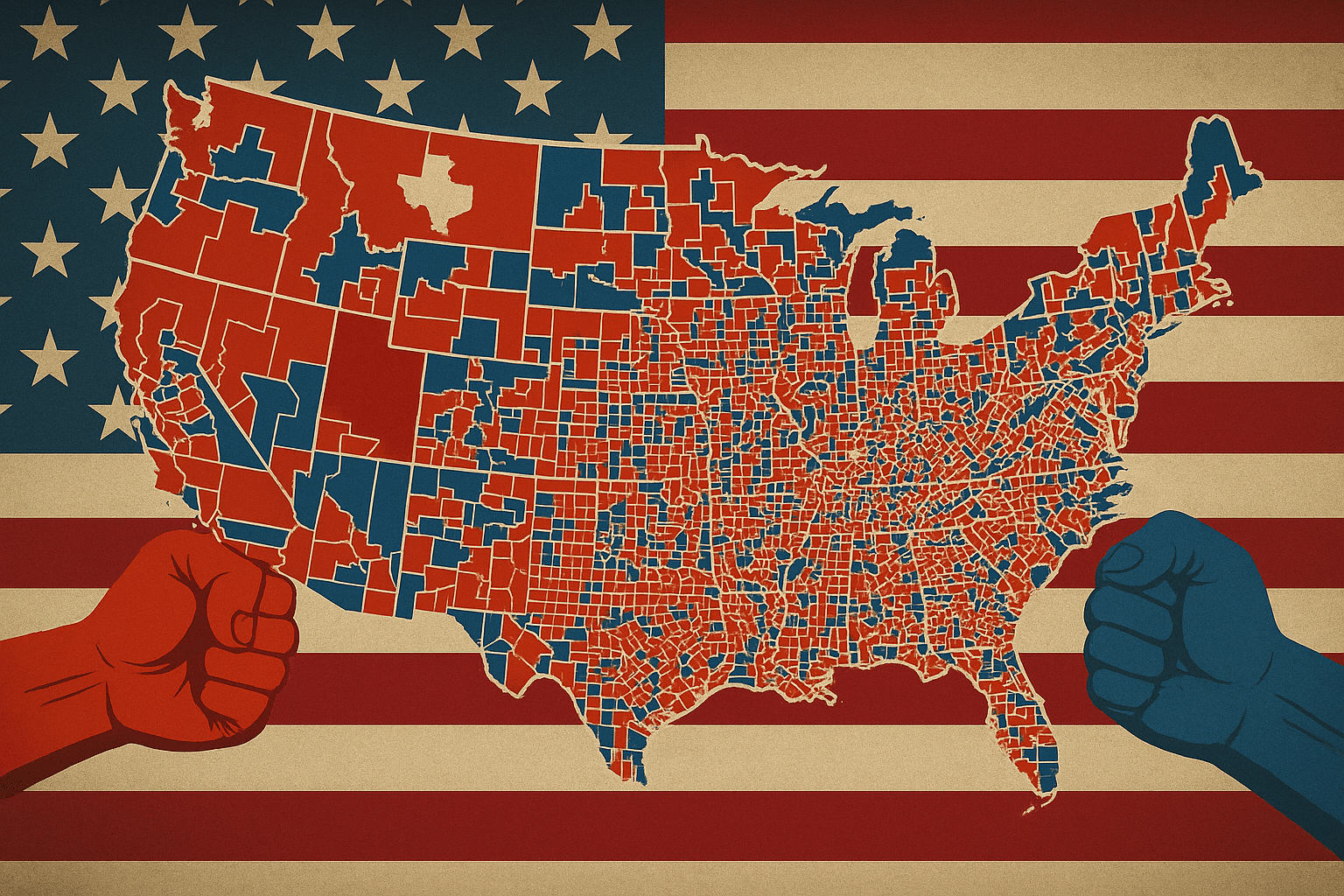Some States Using New GPI Indicator to Measure Well-Being, Shape Policy

Several states are adopting an alternative approach to measure their citizens' well-being and shape public policy.
In 2012, Vermont became the first state to pass a law mandating the use of the Genuine Progress Indicator (GPI). The metric – which has been used in academic circles for years – looks at 26 indicators to measure the social, economic, and environmental costs and benefits of development.
One of the law's major proponents, Eric Zencey from the University of Vermont's Gund Institute, believes that GPI should replace the standard measurement of economic activity: Gross Domestic Product (GDP).
GDP looks at four variables to determine the worth of goods and services exchanged within a given period: consumer spending (C), investment (I), government spending (G), and net exports (NX).
GDP was invented in the 1930s to measure the growth of the American economy during the Great Depression. Today it is cited as the single most important indicator of an economy's activity and growth, and politicians often wield it as an offensive or defensive weapon in debates and advertisements.
However, economists and politicians have long criticized the measure as too narrow. In 1968, presidential candidate Robert Kennedy noted that such an indicator
...counts air pollution and cigarette advertising, and ambulances to clear our highways of carnage. [...] Yet does not allow for the health of our children, the quality of their education or the joy of their play. It does not include the beauty of our poetry or the strength of our marriages, the intelligence of our public debate or the integrity of our public officials.
Even the creator of GDP, Simon Kuznets, acknowledged its limitation: "The welfare of a nation can scarcely be inferred from a measurement of national income."
GPI includes various environmental factors, such as the costs of water and air pollution, as well as resource and ozone depletion -- among other variables. In the economic sector, it adds the costs of income inequality and underemployment to the standard investment and consumption figures.
As for the social component, GPI adds in otherwise neglected contributions such as the values of volunteering and housework. It also accounts for social costs such as commuting time and lost leisure time to more fully measure well-being.Eric Zencey notes that this expanded indicator provides a better understanding of budgetary and policy outcomes in a way that more closely resembles how families and businesses manage budgets and make decisions.
"Sound business practices include subtracting costs from benefits," he says. "[T]his is just double-entry bookkeeping to the economy as a whole."
Maryland Gov. Martin O'Malley issued an executive order in 2010 implementing GPI. In the state's analysis, it determined that over the decades, the state's genuine progress had not kept pace with its GDP.
Between 1960 and 2004, the state's per capita GDP rose from $15,000 to over $35,000. However, the state's GPI per capita ticked upwards from $10,000 to less than $15,000 over the same period.
As a result of these findings, the state has taken measures to improve the state's overall GPI. For instance, Maryland looks to reduce its greenhouse gas emissions 25 percent by 2020 and is planting more cover crops to improve its overall soil quality.
The adoption of alternative measurements to replace or complement GDP represents a trend that has been underway internationally for decades.
Forty years ago, the king of the small, Buddhist nation of Bhutan -- located in the Himalayan Mountains -- recommended measuring the country's Gross Domestic Happiness (GDH). The country's chief economist, Karma Ura, helped develop this indicator and has been an international advocate of focusing more on the intangible features of well-being, including "vibrant health" and "strong communal relationships."
In 2011, the United Nations passed a resolution making the promotion of happiness a global priority. In 2012 and 2013, the U.N.published two World Happiness Reports. The U.S. dropped from 11th to 17th in the U.N.'s second survey.
Europe has also participated in thisIn 2008, French President Nicolas Sarkozy commissioned some of the world's leading economists to begin developing an alternative metric. In the U.K., Prime Minister David Cameron solicited input from Britons to determine which factors to consider in the development of a General Well-Being (GWB) indicator to supplement GDP.
Zencey nevertheless insists on distinguishing Genuine Progress Indicator from Gross Domestic Happiness.
"GPI isn’t that flakey happiness," he says. "[W]e’re not measuring happiness."
Oregon is also moving to adopt GPI. The state is updating the metric so that it can apply GPI as a pilot in its 2015-2017 budget. Gov. John Kitzhaber -- inspired by his 2013 visit to Bhutan -- believes it has broad appeal.
"GPI can get public bipartisan support when it moves from the academic to the practical," he claims.
However, critics of GPI point to the subjective nature of some of the 26 indicators. Jim Pettit of National Review Online, for instance, doubts the accuracy and reliability of some features.
"In the case of noise pollution," he observes, "the government would measure the decibel levels of fire-truck sirens, car horns, jackhammers."
Other states such as Utah -- which also keeps track of GPI -- believe it is currently "East-coast centric" because it omits items such as "water security" and "range-land."
Delegates from 20 states attended a GPI Summit held in Baltimore, Maryland in 2013 -- evidence of nationwide momentum for the development of a metric that can more broadly measure well-being.
Photo Credit: Inna Astakhova / shutterstock.com





